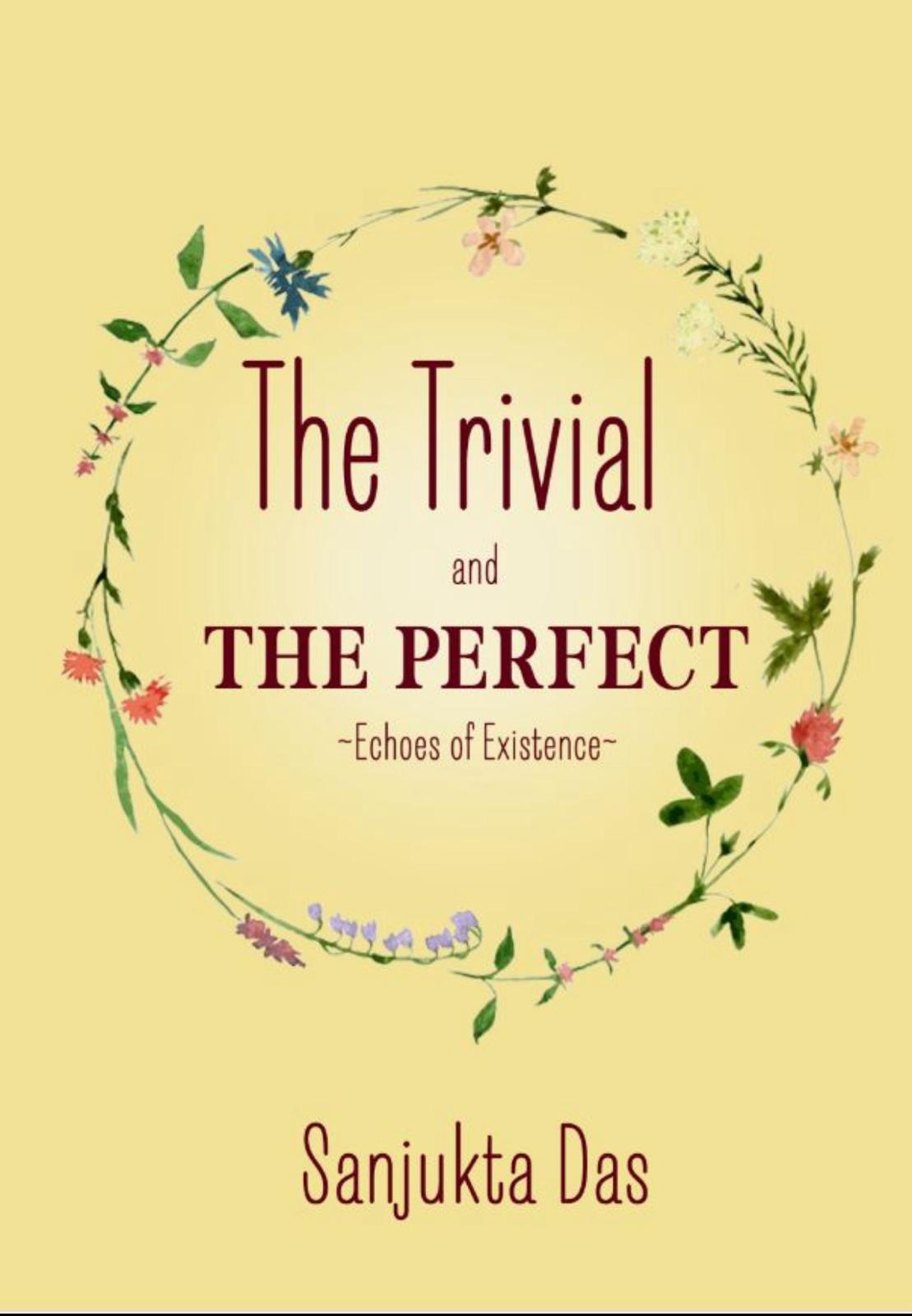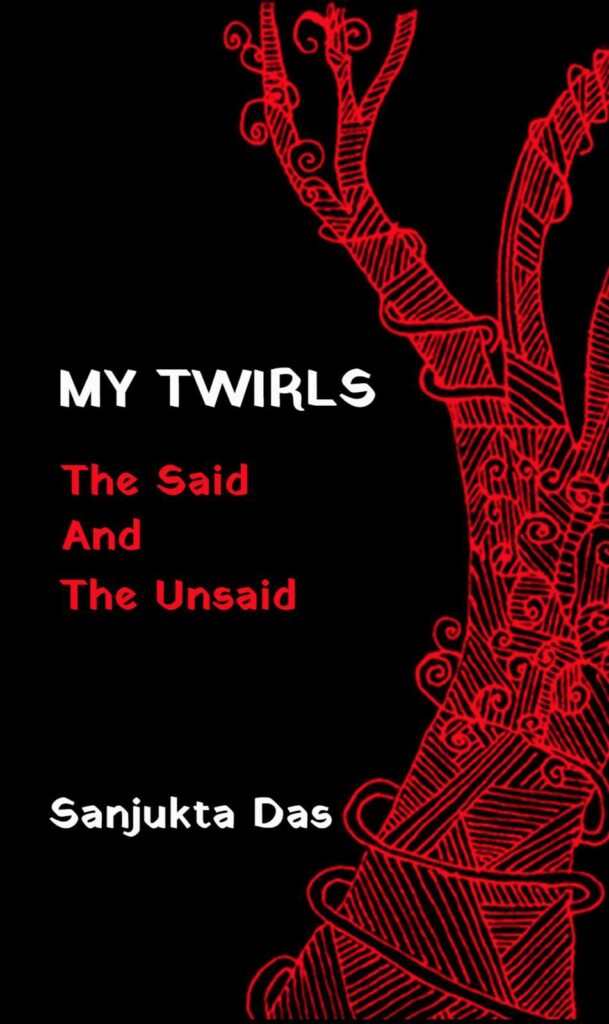To begin your journey into the world of prose poetry, immerse yourself in the form by reading a variety of prose poems from different poets. This exposure will help you understand the diverse styles and themes within the genre and offer inspiration for your own work. As you start writing, embrace the freedom that prose poetry offers. Unlike traditional poetry, there are no rigid rules or structures to constrain you. Let your creativity flow without inhibitions and explore the limitless possibilities of language and expression. To hone your skills, observe the world around you keenly and absorb the details of your surroundings. Prose poetry often draws from everyday moments, personal experiences, and the wonders of nature. Practice capturing these vivid snapshots of emotions and scenes, aiming to evoke a strong response within your readers. Experiment with language, metaphor, and symbolism to add depth and layers to your prose poems. Find a balance between prose-like storytelling and poetic language, creating a seamless fusion that elevates the ordinary to the extraordinary.
What is Prose Poetry?
Prose poetry is a unique and captivating genre that fuses prose and poetry. Written in prose form, it lacks the line breaks found in traditional poetry but retains the poetic elements of vivid imagery and emotional depth. This allows for a seamless narrative flow, granting writers the freedom to explore various themes and emotions creatively. Prose poetry captures the beauty of everyday moments and the intricacies of human experiences, offering readers an immersive and introspective journey. For a more detailed exploration of prose poetry, you can find additional information in my earlier blog post titled “What is Prose Poetry?”
How to Start Writing Prose Poetry?
Embarking on the journey of writing prose poetry opens up a world of endless possibilities and artistic exploration. To dive into this captivating genre, immerse yourself in the works of various prose poets, ranging from the classics to contemporary writers. Reading their diverse styles, themes, and voices will not only inspire you but also provide valuable insights into the nuances of prose poetry.
As you begin to pen your own prose poems, revel in the artistic freedom this form bestows upon you. Unlike traditional poetry with its strict rules and meter, prose poetry allows you to embrace a more fluid and unrestricted approach to expression. Let your imagination roam free, unburdened by the constraints of rhyme or syllable count. In this boundless realm of creativity, you can experiment with language, break grammatical conventions, and blend genres to create a unique voice that resonates with your artistic vision.
One of the wonders of prose poetry lies in its capacity to capture the fleeting moments that often escape our attention. As you embark on your writing journey, practice the art of observation, keenly attuned to the world around you. Delight in the ordinary, finding beauty in the mundane, and infuse your prose with vivid imagery that immerses readers in the tapestry of life’s intricacies.
To breathe life into your prose poems, explore the delicate balance between narrative and poetic language. While prose poetry retains a storytelling quality akin to prose, it intertwines the evocative elements of traditional verse. Allow your words to dance and weave through the sentences, creating a lyrical flow that enchants and captivates your readers.
Engaging in freewriting sessions can be an invaluable tool to unlock the depths of your creativity. Release your inhibitions and let the words spill onto the page without judgment or preconceived notions. Freewriting grants you the freedom to explore new ideas and unexpected pathways of expression, unearthing gems of inspiration that may have remained hidden otherwise.
As you craft your prose poems, remember to revise and refine your work with a discerning eye. Edit with the intention of sharpening the imagery, tightening the language, and sculpting your prose into its most expressive form. Each word should contribute to the emotional resonance and artistic impact of your poem.
Prose poetry flourishes in the realm of emotions, embracing the vast spectrum of human feelings. Infuse your writing with authenticity, drawing from your personal experiences, joys, sorrows, and reflections. Allow your heart to guide your pen, and let your prose poetry serve as a vessel for your deepest emotions and thoughts.
To elevate your prose poems to new heights, read them aloud, savoring the cadence and rhythm of your language. Embrace the musicality of your words, understanding that the oral presentation can enhance the emotional impact of your work, leaving an indelible impression on your audience.
Lastly, be patient and kind to yourself as you hone your skills in prose poetry. Growth as a writer is a continuous journey, filled with experimentation and self-discovery. Celebrate the evolution of your voice and artistic style, knowing that every step taken brings you closer to unveiling the unique essence of your prose poetry.
In conclusion, writing prose poetry is an exploration of boundless creativity, where the narrative flows seamlessly with poetic expression. Embrace the freedom, immerse yourself in observation, and infuse your prose with heartfelt emotions. With time and dedication, you will find your voice resonating through the pages, offering readers an intimate glimpse into the enchanting world of your prose poetry.
Whats Unique About Prose Poetry?
Prose poetry stands as a unique and captivating genre that entices writers and readers alike with its enchanting blend of prose and poetry. Unlike traditional poetry, which relies on structured lines and stanzas, prose poetry adopts the appearance of prose, flowing seamlessly without the interruption of line breaks. This unbroken narrative quality grants poets the freedom to explore themes, emotions, and experiences with a sense of continuity, unbound by the constraints of formal verse.
What truly sets prose poetry apart is its ability to intertwine the evocative language, vivid imagery, and heightened emotions of traditional poetry with the narrative storytelling of prose. It marries the beauty of poetic expression with the engaging flow of prose, creating a mesmerizing fusion that leaves a lasting impression on readers. In prose poetry, each word is carefully chosen, resonating with the readers’ hearts and inviting them to immerse themselves in the emotional landscape painted by the writer.
Prose poetry’s liberating form offers a canvas for writers to experiment and express themselves in unique and innovative ways. Without the need to adhere to strict syllable counts or rhyme schemes, poets can focus on crafting lyrical and vivid prose that captures the beauty of everyday moments, the intricacies of human emotions, and the wonders of the world around us.
Through its seamless combination of narrative and poetic elements, prose poetry has the power to evoke a myriad of emotions within readers. It invites them on an intimate journey, encouraging reflection and introspection. The form’s immersive nature allows readers to connect deeply with the themes and experiences explored by the writer, creating a meaningful and thought-provoking reading experience.
Prose poetry’s versatility makes it accessible to both seasoned poets and newcomers to the world of literature. For writers who may feel intimidated by the strict rules of traditional poetry, prose poetry offers a welcoming entry point into the world of poetic expression. Its lyrical language and narrative flow resonate with readers on a personal level, making it a form that is relatable and approachable.
In conclusion, prose poetry stands as a treasure trove of artistic expression, bridging the gap between prose and poetry with its enchanting fusion of language and form. Its liberating structure allows writers to explore the depths of their creativity, capturing the beauty of life’s fleeting moments and the complexities of human emotions. As readers immerse themselves in the captivating prose, they embark on a journey of self-reflection and contemplation, connecting intimately with the emotions and experiences portrayed. Prose poetry’s uniqueness lies in its ability to leave an indelible mark on the hearts of those who encounter its lyrical prose, inviting them to embrace the transformative power of the written word.
Examples of Prose Poetry
Here are some examples of prose poetry, along with brief discussions about their unique qualities:
Example 1: “The Old Pond” by Matsuo Basho
An old silent pond… A frog jumps into the pond, Splash! Silence again.
This haiku by Matsuo Basho is a classic example of prose poetry. Despite its brevity, it encapsulates a vivid and serene moment in nature. The juxtaposition of the old silent pond and the sudden splash of a frog creates a striking image. The prose-like structure allows for a smooth flow, enabling readers to immerse themselves in the tranquility of the scene.
Example 2: “Morning” by Billy Collins
Today as the bus pulled away I saw my neighbor sitting on his front steps faced with a large wild turkey in his driveway.
In this prose poem by Billy Collins, the writer captures an ordinary but amusing encounter between his neighbor and a wild turkey. The narrative quality of the prose enhances the storytelling, allowing readers to envision the humorous scene as it unfolds. The absence of line breaks emphasizes the continuity of the moment, as if the reader is witnessing the event in real-time.
Example 3: “The Laughing Heart” by Charles Bukowski
“your life is your life don’t let it be clubbed into dank submission. be on the watch. there are ways out. there is light somewhere.”
Charles Bukowski’s prose poem, “The Laughing Heart,” is a powerful and motivational piece. The straightforward language and the narrative structure lend a conversational tone, making it feel like heartfelt advice from a friend. The form’s continuity enables a smooth flow of encouragement, inviting readers to embrace hope and find light in the midst of life’s challenges.
Example 4: “Variations on the Word Love” by Margaret Atwood
This is a word we use to plug holes with. It’s the right size for those warm blanks in speech, for those red heart- shaped vacancies on the page that look nothing like real hearts.
In this thought-provoking prose poem, Margaret Atwood explores the multifaceted nature of the word “love.” The seamless flow of prose allows Atwood to delve deep into the subject, unraveling the complexities of the word and its many interpretations. The use of enjambment in the prose form creates a continuous stream of thoughts, allowing the exploration of different aspects of love without interruption.
These examples demonstrate the versatility and evocative power of prose poetry. By blending the narrative flow of prose with the poetic essence of language, prose poetry offers a rich and immersive reading experience. Each piece showcases the unique ability of prose poetry to capture moments, emotions, and reflections with depth and intimacy, leaving a lasting impression on readers. For personal examples of Prose poetry, feel free to review my latest prose publication titled “The Libary“.
In conclusion, embarking on the path of writing prose poetry opens up a world of boundless creativity and expressive freedom for beginners and seasoned writers alike. As you venture into this captivating genre, remember to immerse yourself in the works of various prose poets to gain inspiration and insights. Embrace the liberating form of prose poetry, allowing your imagination to roam freely without the constraints of traditional verse. Practice the art of observation, finding beauty in the ordinary moments of life, and infuse your prose with vivid imagery and emotional depth. Strike a balance between narrative storytelling and poetic language, creating a seamless fusion that enchants and resonates with readers. Engage in freewriting sessions to unleash your creativity and discover hidden facets of your voice. Edit and revise your prose poems to refine their impact and clarity. Above all, write from the heart, letting your authentic emotions and experiences shape your prose poetry. With dedication and passion, your prose poems will weave tales that linger in the hearts of those who journey through the enchanting world you create. For further guidance and exploration, you can find more details about prose poetry in my earlier blog post titled “What is Prose Poetry?” Happy writing, and may your prose poetry adventures be filled with wonder and self-discovery!






